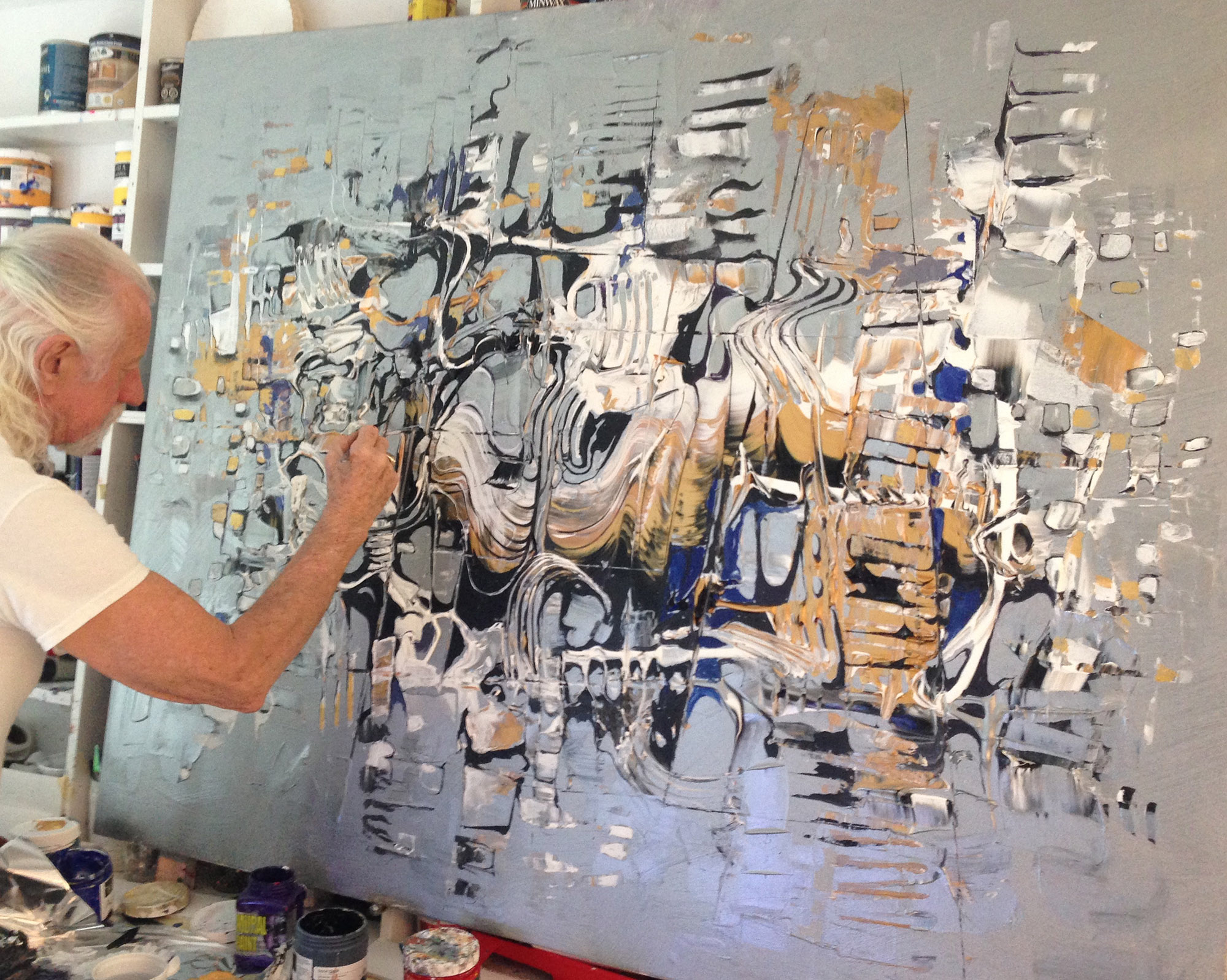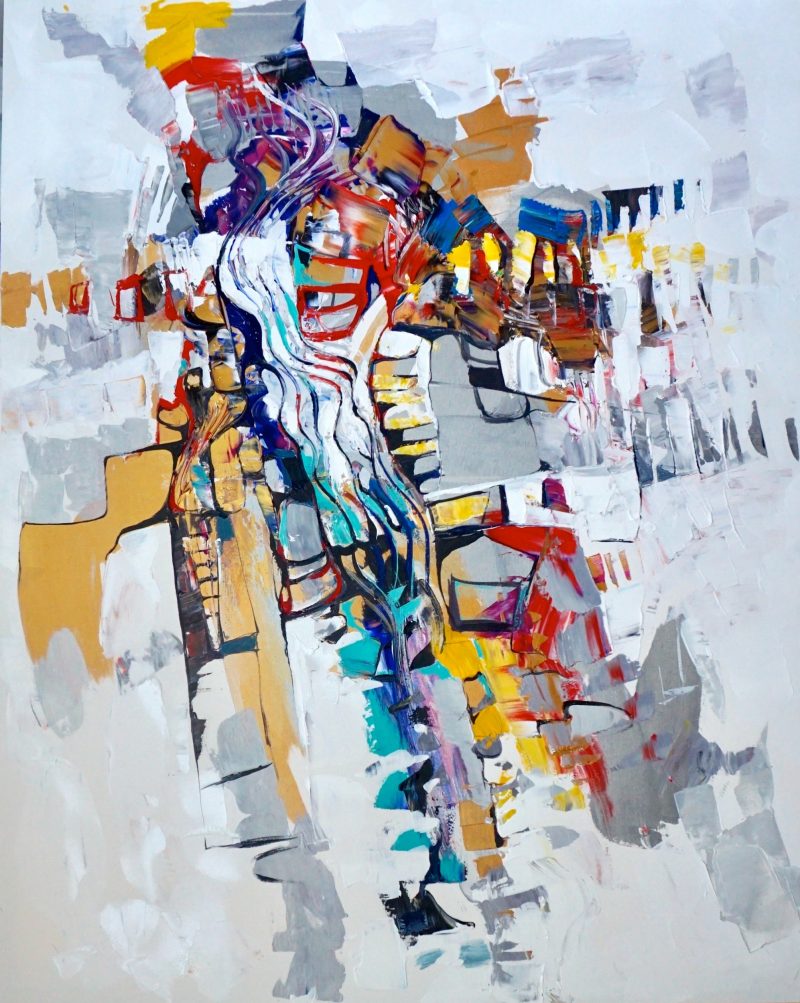
For almost four decades, Vancouver artist Paul Ygartua has amassed an astonishing body of work in a variety of styles: figurative abstract, European impressionism, neo cubism, surrealism and abstract expressionism. He is prolific and internationally acclaimed. We asked the artist about his work and life.
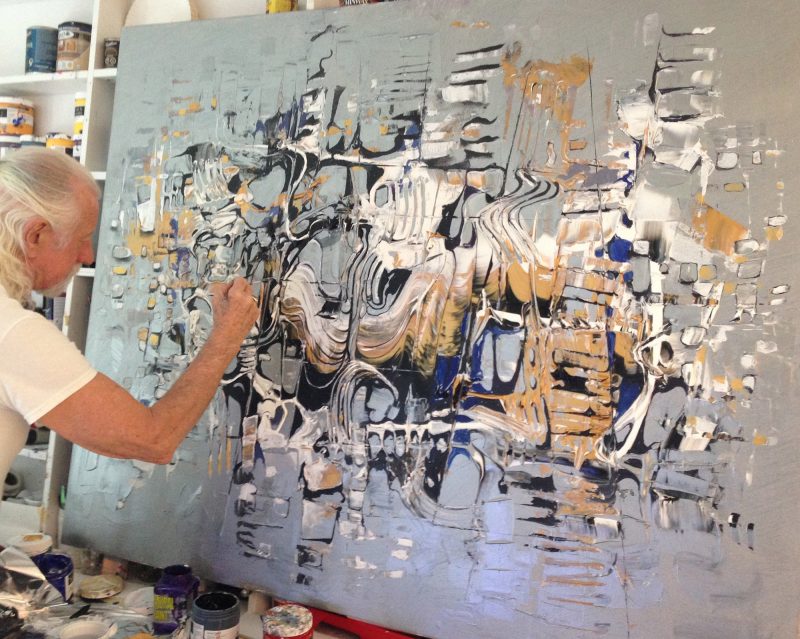
Question: Paul, you come from a Basque father and a British mother. How does the combination of these two cultures inform your art?
Answer: After jumping ship in Liverpool to escape the Civil War in Spain, my father became a political refugee. My parents met at a dance during the Second World War. My mother was an artist, my father an engineer, and both my grandfathers were master chefs. I grew up in an artistic environment with a diverse cultural perspective. I was fortunate to be exposed to other cultures, which gave me more understanding and appreciation of the world.
My mother gave me the opportunity to paint and draw when I was very young; I painted alongside her from the age of six during our summer holidays in the Basque Country. She insisted that I go to art school; she knew that was my direction.
My father’s strength – his pride of being Basque – had a profound influence on me.
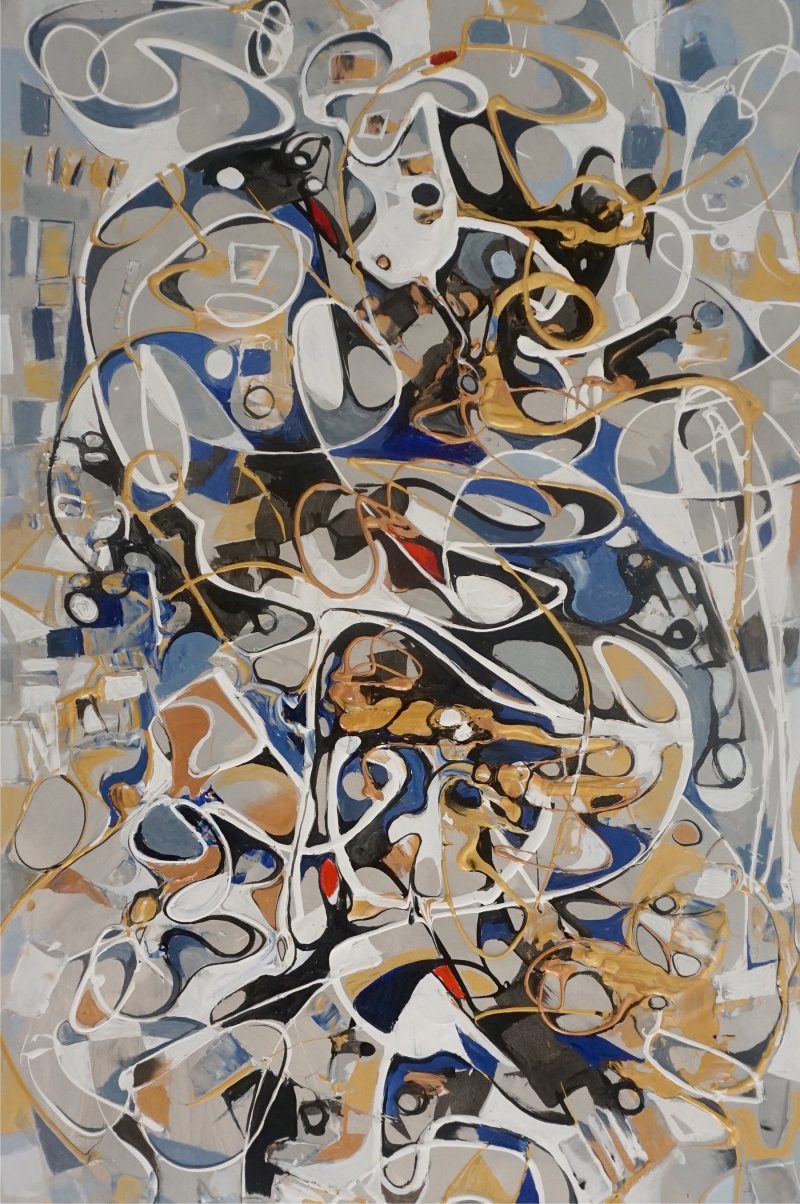
Q: You and your wife, Joanne, travel extensively and have residences around the globe. Does geography have an impact on your art?
A: We are nomadic by nature and feel at home anywhere in the world. We speak three languages, making it interesting not only to visit other countries but to live there and experience daily life like the locals. I am constantly surprised and intrigued by the people of the world.
Travelling to different cities and countries has a great impact on my art, particularly the cities of the world. From the politics to the culture, these influences inspire my creativity.
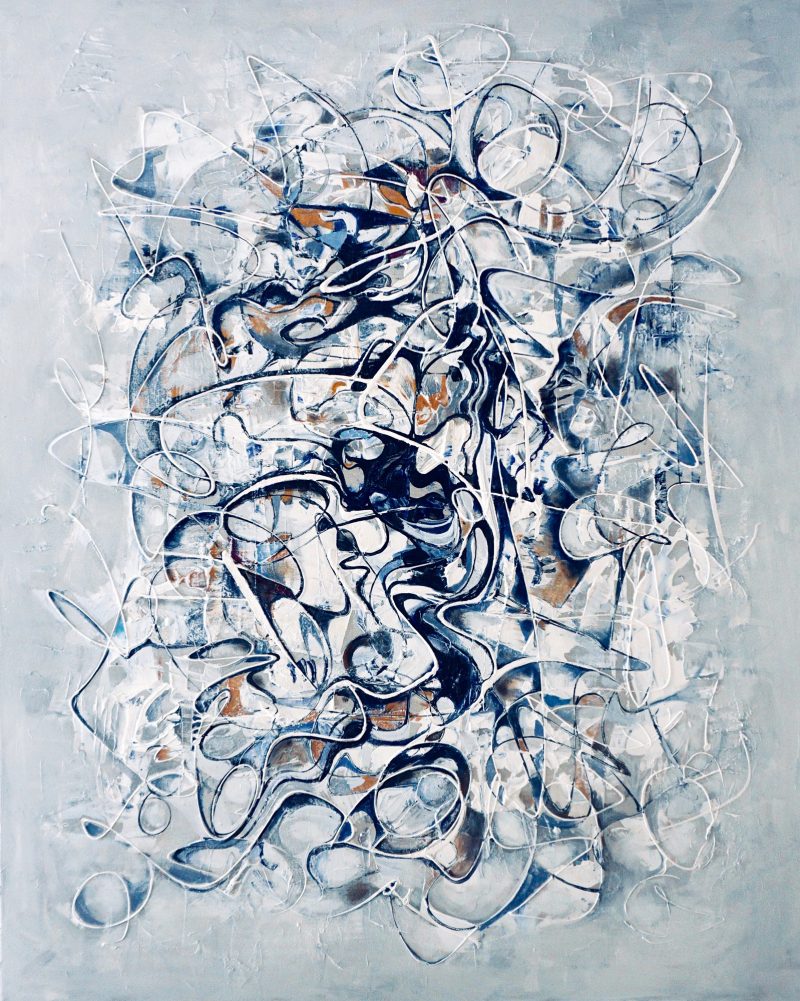
Q: You are an artist who is known for various styles. Why do you create art in so many styles?
A: It is part of my inner journey to transcend through styles, to identify myself with original interpretations of existing expressions. I am always looking to improve on each work, to fine-tune my coordination between body, mind and spirit, with emphasis on reaching the point whereby my hands are moving almost without me consciously guiding them. Speed is an integral part of the process as it forces one not to dwell on exactitude; rather it forces a continuous flow of inspiration and passion.
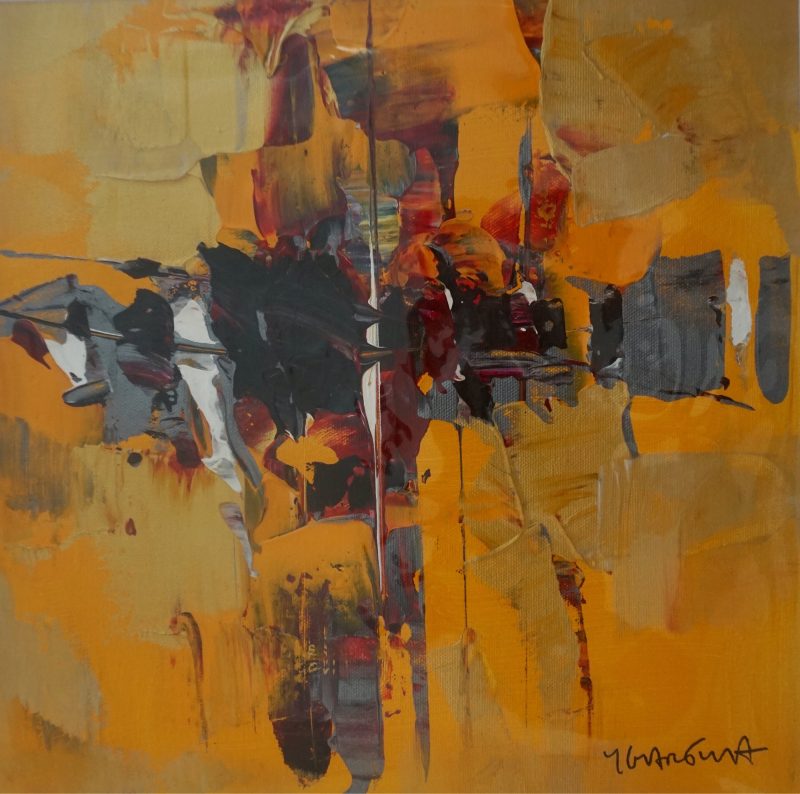
Q: Do you have one favourite style that you prefer working in than others?
A: I enjoy moving from one medium or one style to another. It’s essential to continually search for new subjects, new ideas. High energy, imagination and freedom of expression through experimentation challenges one to achieve a completely original thought, to re-create original thought with a three-dimensional form.
This is the power of creation and the challenge to influence a viewer, to enable others to experience the same emotions, the same high the artist experiences through the energy expressed at the moment of creation.
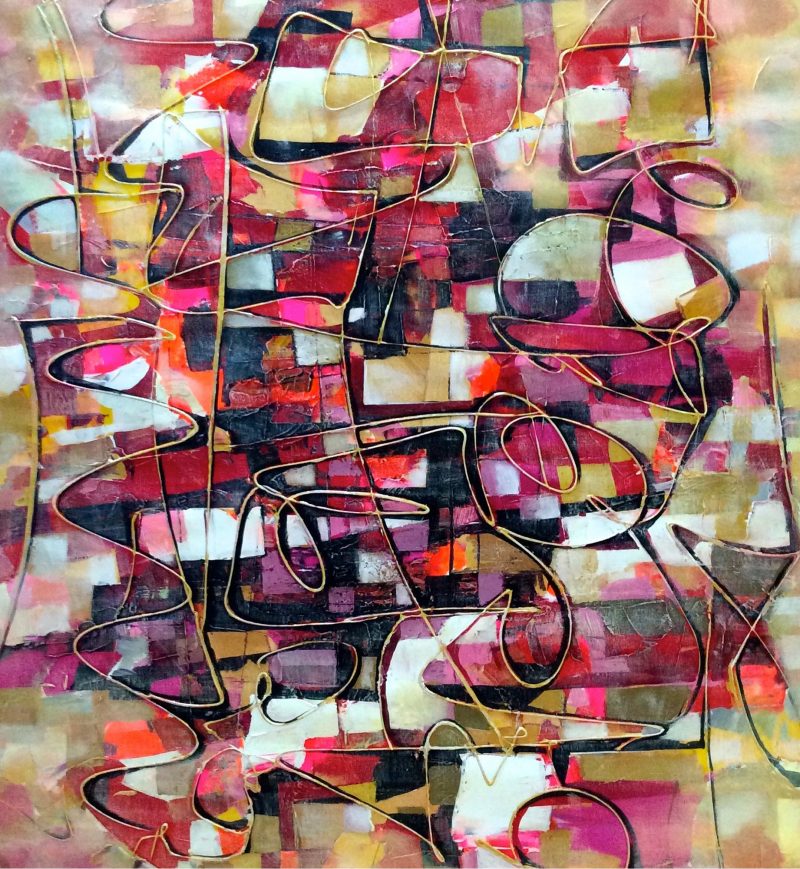
Q: As a resident of British Columbia, you have been deeply influenced by aboriginal culture. How is this reflected in the work you produce?
A: I feel a real affinity towards West Coast aboriginals due to my Basque heritage. The Basques have an ancient history and are considered to be among the first peoples of the world. My upbringing gave me a deep understanding of the importance of one’s heritage. I feel compassion for the aboriginal crusade in Canada to preserve their culture. I believe that the preservation of one’s heritage is an obligation. I have always admired the culture and rituals of West Coast aboriginals. It seems to be a never-ending story whereby I am constantly drawn in; there is a force that embodies my spirit that always takes me back to the West Coast aboriginals. The subject matter constantly inspires and fascinates me to capture the spirit of the extraordinary masks and totems.
Whether it be abstracted or my latest interpretation in reverse plexiglass, which is exhibited at the Eagle Spirit Gallery in Vancouver, it is an ongoing journey that is challenging and exciting.
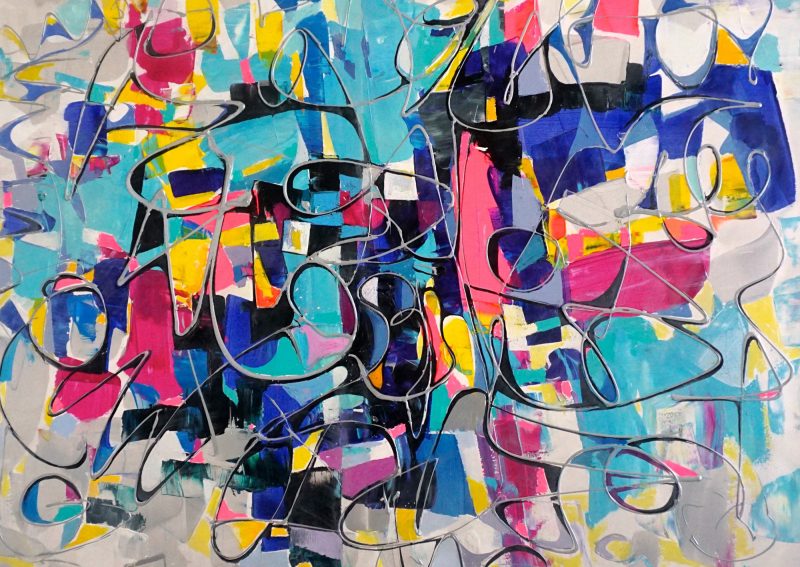
Q: How do you perceive the future of your art? Where will you go from here?
A:I have a contact with a professor in Barcelona who approached me to think about an installation for a museum there. I would like to work on more important projects and more in an abstract form. Abstracts are a culmination of every other style; they have no beginning, no end. There’s limitless composition, colour and texture. There are possibilities that enable the artist to project large canvases for spacious areas, buildings, foyers, etc. It all leads to large installation art for amazing spaces or museums. •
Read more about Paul HERE

